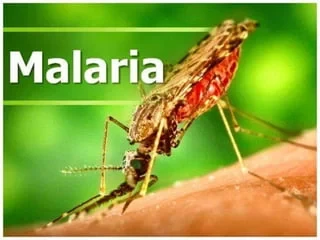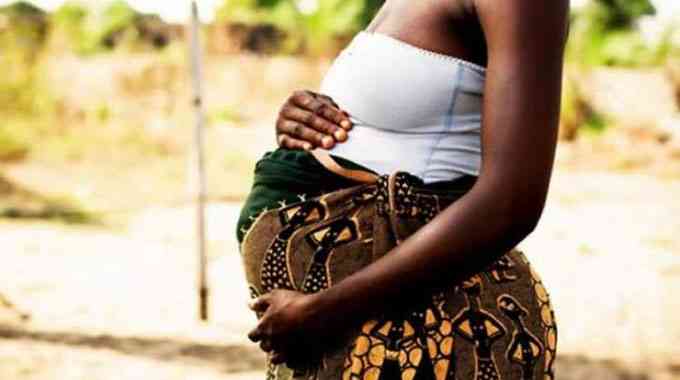
ABOUT 9% of cattle on the country’s commercial farms belong to women, a new World Bank (WB) report has revealed, showing significant gender disparity in Zimbabwe's agricultural sector.
According to the Livestock and Fisheries Assessment report on 2022/23 summer season (pre-harvest) released by the Lands, Agriculture, Fisheries, Water and Rural Development ministry, the national beef cattle herd stood at 5 642 400 in 2022.
The research, titled Missing Voices, Missing Potential: The Status of Women in Zimbabwe’s Agriculture, found that women make up a smaller portion of the agricultural workforce than men across various farm types.
According to the report, a staggering 91% of cattle are found on male-owned large-scale commercial farms with women owning just 9%.
Only 35% of cattle in communal lands belong to female-headed households.
On large-scale commercial farms, women comprise only 39,4% of workers, according to the report. This number rises slightly to 43,5% in old resettlement schemes and 39,7% on A1 commercial farms.
“This lack of representation is a major barrier for women in agriculture,” said Sarah Nyathi, a small-scale farmer in Mashonaland Central province.
“We play a crucial role in food production, yet we struggle to access the resources and land ownership that would allow us to be more productive.”
- Zim has 2nd highest rising food prices: WB
- 'Market discipline difficult to maintain'
- Govt policy unpredictability destroying formal economy
- UZ fiasco shows govt is aloof
Keep Reading
The report further highlights a concerning gap in land ownership. The WB states that only 2% of women have documented ownership of agricultural land compared to 3,8% of men.
“Land is the foundation for everything we do in agriculture,” said Thandiwe Moyo, president of the National Women Farmers Association of Zimbabwe.
“Without secure ownership, women are constantly facing uncertainty and are unable to invest in their farms for the long term.” Women are disproportionately allocated less productive land, further hindering their agricultural output.
“This lack of access to resources not only limits our income but also makes it difficult for us to feed our families and contribute to the national food supply,” said Moyo.
The World Bank urged the Government of Zimbabwe (GoZ) to come up with measures to close the disparities.
“The GoZ is encouraged to adopt an intersectoral strategy to address the many remaining dimensions of gender inequality in the country. It is necessary to address policy implementation gaps, harmonise gender laws and policies, and strengthen the institutional capacities of gender-relevant ministries,” the WB report noted.
“Improved co-ordination mechanisms are needed to break down organisational silos and ensure a more aligned gender agenda across ministries. Innovative approaches are required to meet women’s empowerment goals and targets in the country.”
The Presidential Land Review Committee set up in 2003 to examine the impact and implementation of the 2000 land reform programme noted that women did not benefit equally with men.
Zimbabwe Women’s Resource Centre and Network reports that, “the accelerated land reform programme did not correct gender imbalances in land ownership, it focused on the ability not needed, thereby disadvantaged women”.
Sociologist, lecturer and social commentator Pardon Taodzera blamed the patriarchal system in Zimbabwe for the continued marginalisation of women.
“The persistence of gender inequalities is prescribed by tradition, culture and religion. Culturally, a woman is expected to be dependent, submissive, well mannered, enduring, emotional, fearful, soft hearted, hardworking and conservative while a man is expected to be the opposite.
“Customary practices which include pledging a young woman for marriage with a partner not of her choice, forcing a widow to marry her late husband’s brother and offering a young girl for compensation of disputes are still rooted in the country,” said Taodzera.










